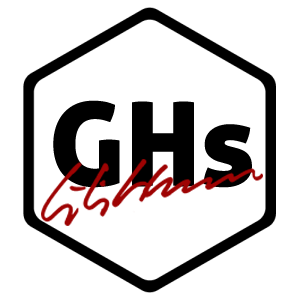









































The “Lady of the Mountain” (Fjallkona and Maid of Honor) is the female incarnation (national personification) of Iceland. While she symbolises what Icelanders considered to be genuine and purely Icelandic, in her purity she reflects a deep-seated, but unattainable, wish of Icelanders to be a totally independent nation.[citation needed] Fjallkonan is thus not only a national symbol, she also represents the national vision, the nation’s ultimate dream.[citation needed]
The personification of a nation as a woman was widespread in eighteenth- and nineteenth-century Europe.[1] The earliest image of Iceland personified as a woman seems to appear first in association with the poem Ofsjónir við jarðarför Lovísu drottningar 1752 (‘Visions at the funeral of Queen Louise, 1752′) by Eggert Ólafsson (1752), but this image does not survive.[1]
The word fjallkona is attested for the first time in the poem Eldgamla Ísafold by Bjarni Thorarensen from the first decade of the nineteenth century. From that moment onwards she became a well-known symbol in Icelandic poetry.[2]
The oldest surviving image of “the lady of the mountains” was published in the last volume of an English translation of Icelandic folk-tales by Eiríkur Magnússon and G. E. J. Powell, Icelandic Legends, Collected by Jón Arnason (1864–66). It is the work of the German painter Johann Baptist Zwecker, who drew it to specifications provided by Eiríkur. Eiríkur described the picture in a letter to Jón Sigurðsson (11 April 1866) thus:
Konumyndin á að tákna Ísland, því hefur hún ískórónu á höfði, sem eldar gjósa upp úr. Á öxl hennar er hrafninn, Íslands einkennilegasti fugl, Óðins forni vin og skáldanna eftirlætisgoð, fréttafugl mikill og margkunnugur. Yfir sjónum flögrar már, en yfir brimsævi tíma og sögu berast rúnakefli að landi eða upp í fang konunni, og hefur hún þegar náð einu þeirra. Þetta átti svo sem að vera symbolum (tákn) bókmenntalandsins og sögulandsins okkar. Yfir er nótt og stirndur himinn og máninn uppi. Á bak við eru fjöll, tunglroðin á eggjunum.The picture of the woman is to represent Iceland, because she has a crown of ice on her head, from which fires erupt. On her shoulder is the raven, Iceland’s most characteristic bird, Óðinn’s ancient friend and the favourite of poets, a great and knowledgeable news-carrying bird. Over the seas flutters a seagull, but across the surf of time and history are borne rune-staves to the land and up into the embrace of the woman, and she has picked one of them up. This is intended as a symbol of our literary land and our historical land. It is night, with a starry sky and the moon up. Behind are mountains, moonlight on the ridges.[3]
Also very popular is the image designed by Benedikt Sveinbjarnarson Gröndal on a memorial card of the National holiday in 1874. Since the establishment of the Icelandic republic in 1944 it has been traditional for a woman in traditional dress to read the poem on the national holiday (17 June).[1]
The idea of the fjallkonan as motherland was a counterweight to the idea of the Danish King as ‘father’ in nineteenth-century Iceland under Danish rule, and after independence in 1944 became one of the images through which feminism and the idea of powerful women, such as Iceland’s first female president Vigdís Finnbogadóttir, were made to seem a natural part of Icelandic culture.[4] (Wikipedia)


You must be logged in to post a comment.